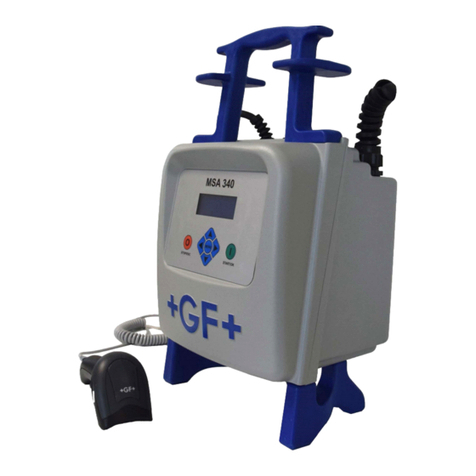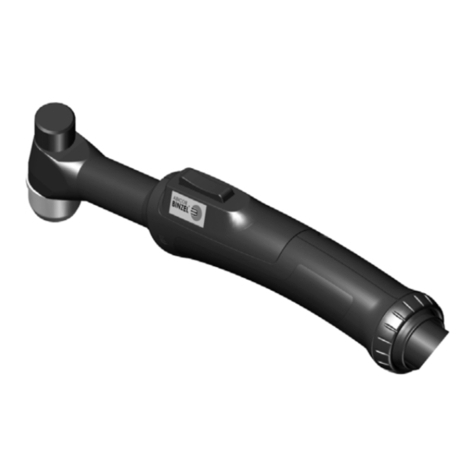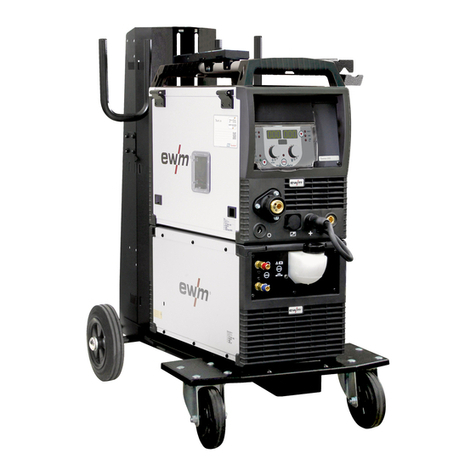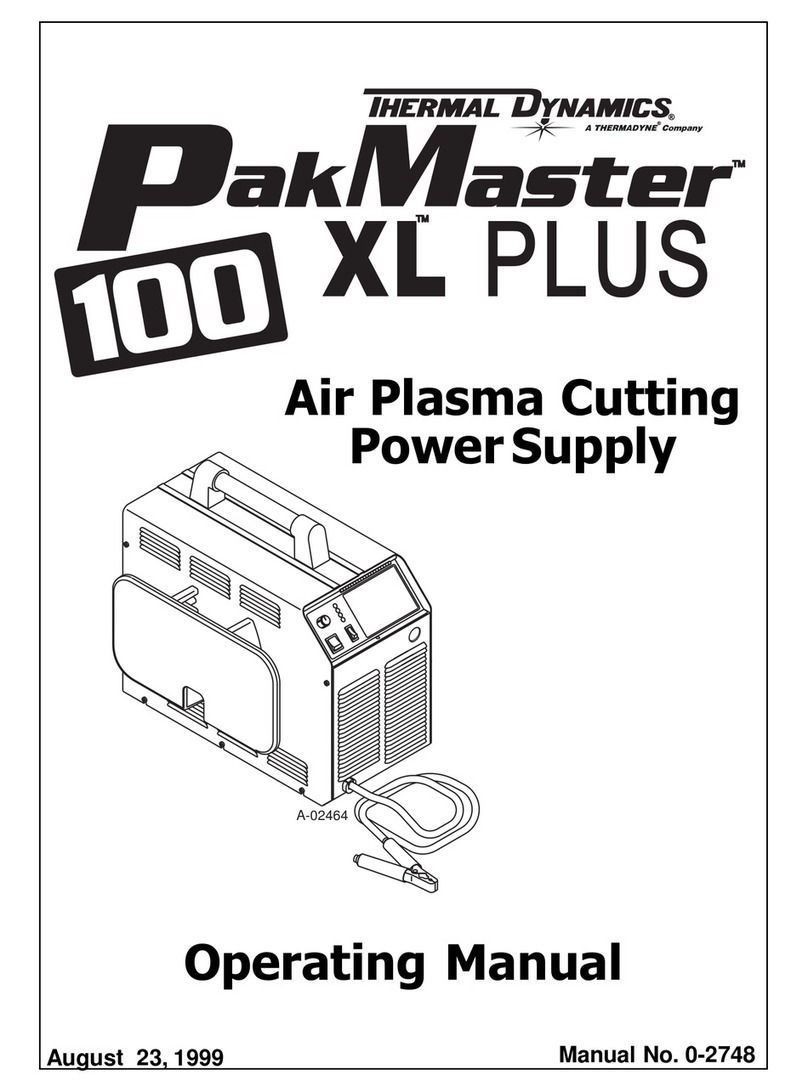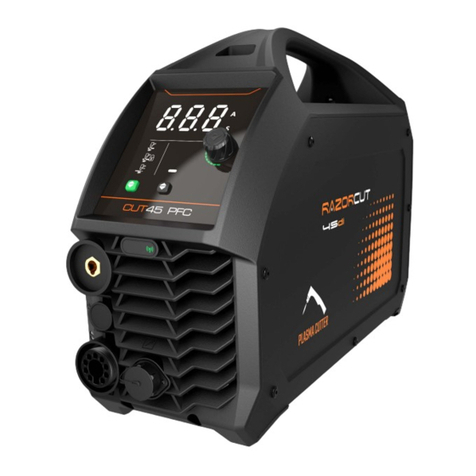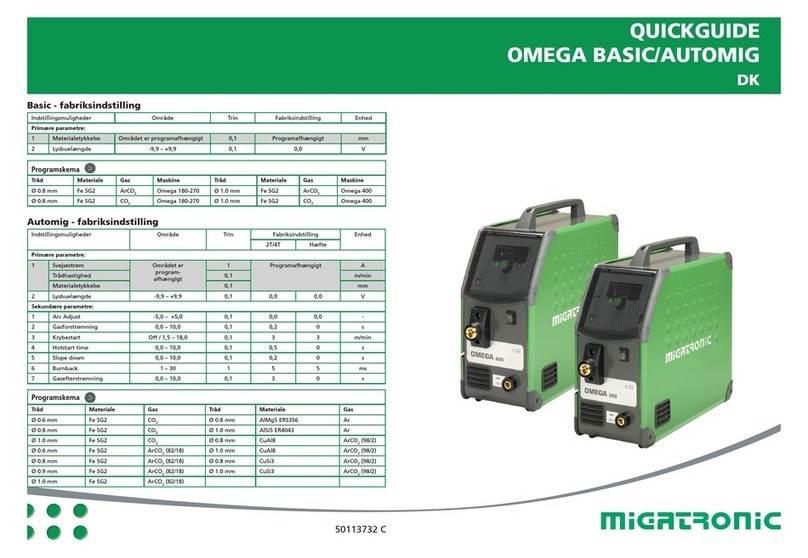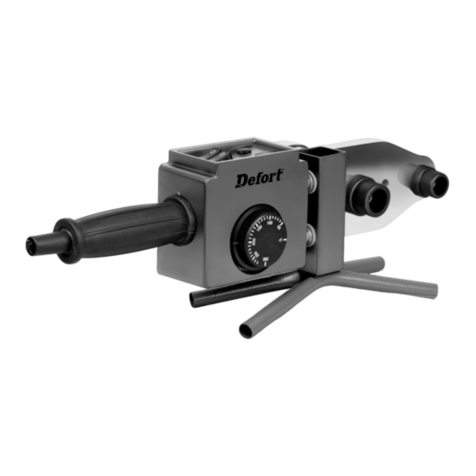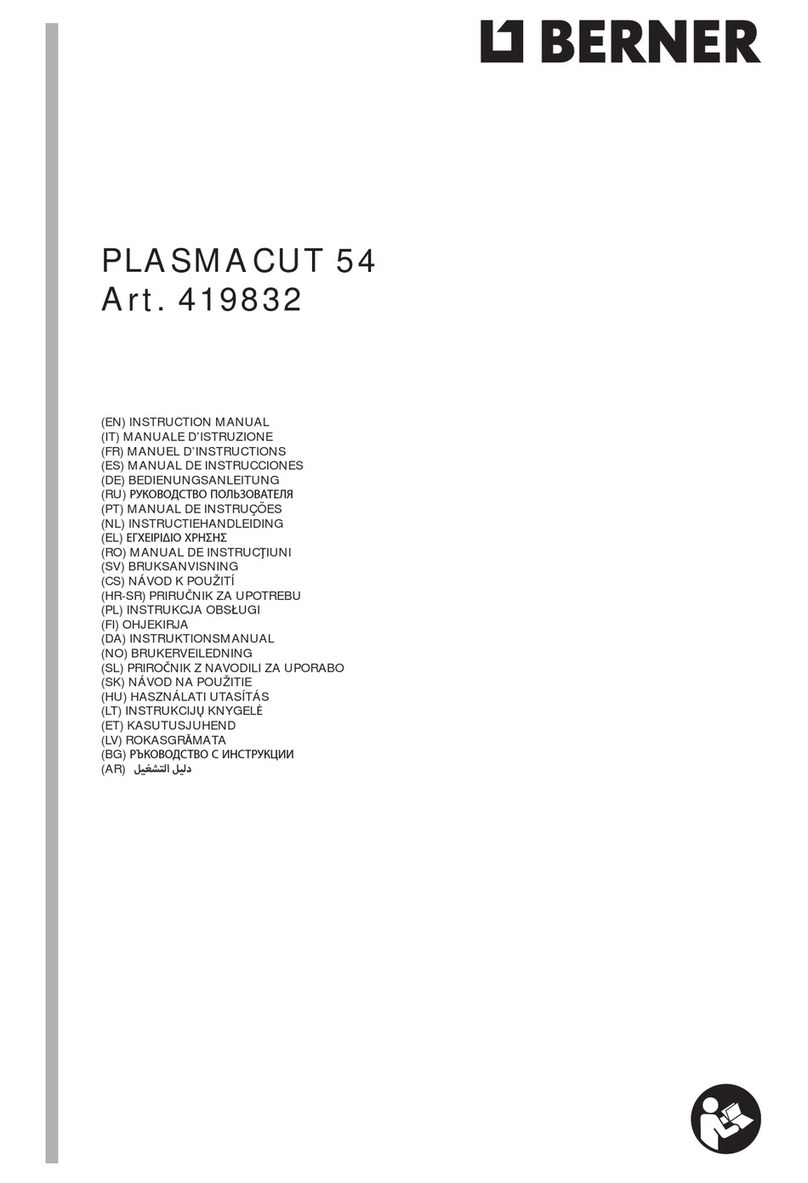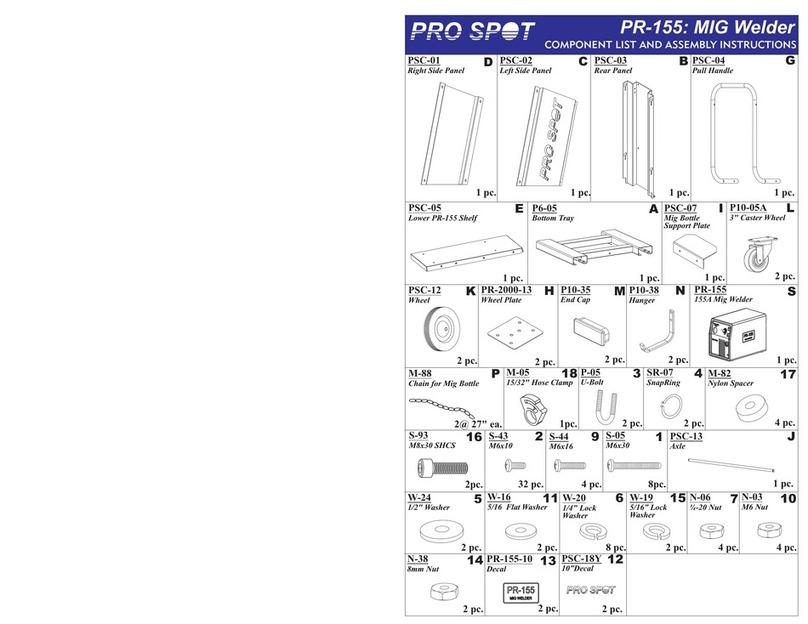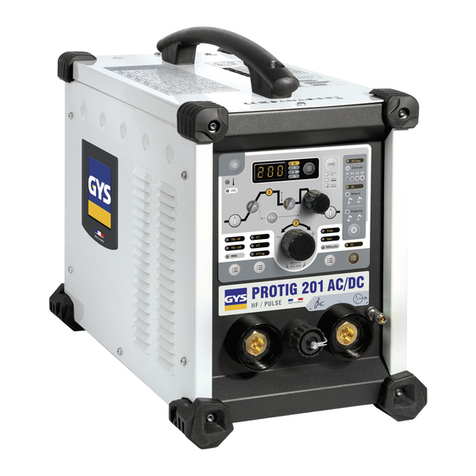FIRE HAZARDS
WARNING
FIRE OR EXPLOSION CAN CAUSE DEATH, INJURY, AND PROPERTY DAMAGE!
To reduce risk of death, injury, or property damage from fire or explosion, read,
understand, and follow the following safety instructions. In addition, make certain that
anyone else that uses this cutting equipment, or is a bystander in the cutting area,
understands and follows these safety instructions as well. REMEMBER! Plasma arc
cutting by nature produces sparks, hot spatter, molten metal drops, hot slag, and hot
metal parts that can start fires, burn skin, and damage eyes.
• Do not wear gloves or other clothing that contain oil, grease, or other flammable substances.
• Do not wear flammable hair preparations.
• Do not cut in an area until it is checked and cleared of combustible and/or flammable
materials. BE AWARE that sparks and slag can fly 35 feet and can pass through small cracks
and openings. If work and combustibles cannot be separated by a minimum of 35 feet,
protect against ignition with suitable, snug-fitting, fire resistant, covers or shields.
• Do not cut on walls until checking for and removing combustibles touching the other side of
the walls.
• Do not weld, cut, or perform other such work on used barrels, drums, tanks, or other
containers that had contained a flammable or toxic substance. The techniques for removing
flammable substances and vapors, to make a used container safe for welding or cutting, are
quite complex and require special education and training.
• Do not strike an arc on a compressed gas or air cylinder or other pressure vessel. Doing so
will create a brittle area that can result in a violent rupture immediately or at a later time as a
result of rough handling.
• Do not weld or cut in an area where the air may contain flammable dust (such as grain dust),
gas, or liquid vapors (such as gasoline).
• Do not handle hot metal, such as the workpiece or electrode stubs, with bare hands.
• Wear leather gloves, heavy long sleeve shirt, cuffless trousers, high-topped shoes, helmet,
and cap. As necessary, use additional protective clothing such as leather jacket or sleeves,
fire resistant leggings, or apron. Hot sparks or metal can lodge in rolled up sleeves, trouser
cuffs, or pockets. Sleeves and collars should be kept buttoned and pockets eliminated from
the shirtfront.
• Have fire-extinguishing equipment handy for immediate use! A portable chemical fire
extinguisher, type ABC, is recommended.
• Wear earplugs when cutting overhead to prevent spatter or slag from falling into ear.
• Make sure cutting area has a good, solid, safe floor, preferably concrete or masonry, not tiled,
carpeted, or made of any other flammable material.
• Protect flammable walls, ceilings, and floors with heat resistant covers or shields.
• Check cutting area to make sure it is free of sparks, glowing metal or slag, and flames before
leaving the cutting area.
FUME HAZARDS
WARNING
FUMES, GASSES, AND VAPORS CAN CAUSE DISCOMFORT, ILLNESS, AND
DEATH! To reduce risk of discomfort, illness, or death, read, understand, and follow
the following safety instructions. In addition, make certain that anyone else that uses
this cutting equipment or is a bystander in the cutting area, understands and follows
these safety instructions as well.
• Do not cut in an area until it is checked for adequate ventilation as described
4

